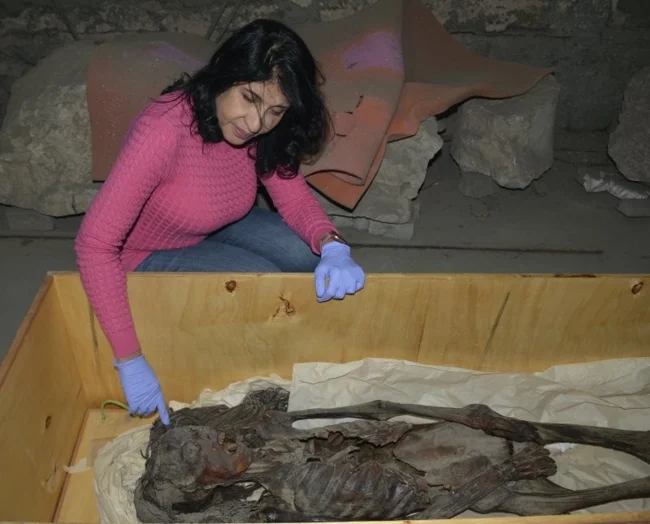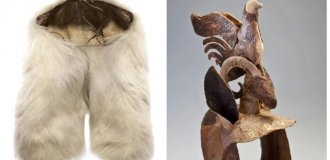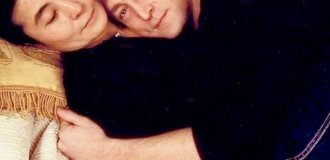The true face of the "screaming mummy": the appearance of an Egyptian woman who died in agony 3,500 years ago (9 photos)
The "Screaming Mummy" was found in 1935 in Deir el-Bahari, Egypt, in the family tomb of architect Senmut. Brazilian graphic artist Cicero Moraes reconstructed the woman's distorted face. 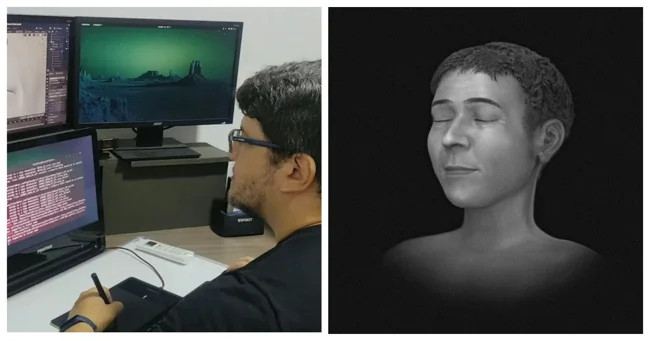
Moraes set out to recreate the appearance of an ancient Egyptian woman, and ended up with a "nice face."
He explained: "I used a technique that combines elements of traditional schools of facial reconstruction with new approaches based on CT data from living people. These projections allow us to detect the spatial boundaries of structures such as the ear, eye, nose, mouth, etc. The data is supplemented by an anatomical deformation method, where the head of a virtual digital donor is adjusted to the skull that needs to be approximated. In general, all the data is compatible, although there are small differences, so the final version is an interpolation of all the information." 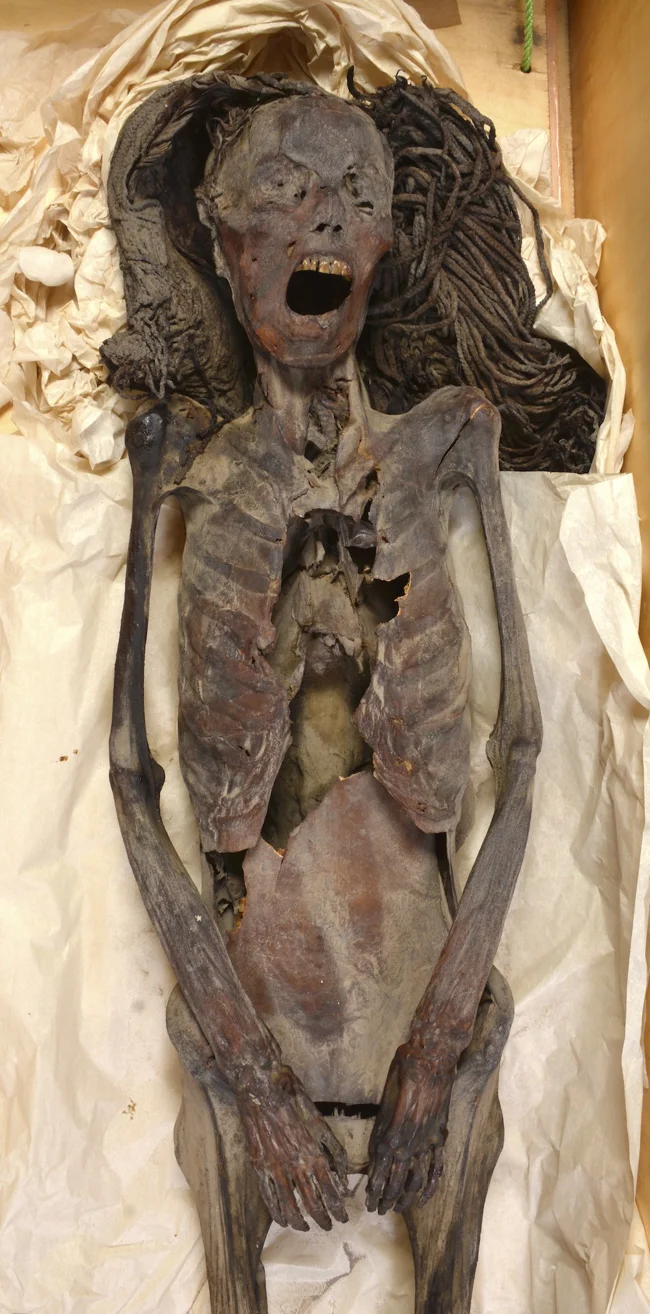
Moraes created several images. One of them is with closed eyes, in gray tones to avoid judgments about the color of the skin or eyes. Another, more subjective one, shows the woman as she might have looked in life, in color, wearing a wig. The third shows how she might have looked when she was buried. 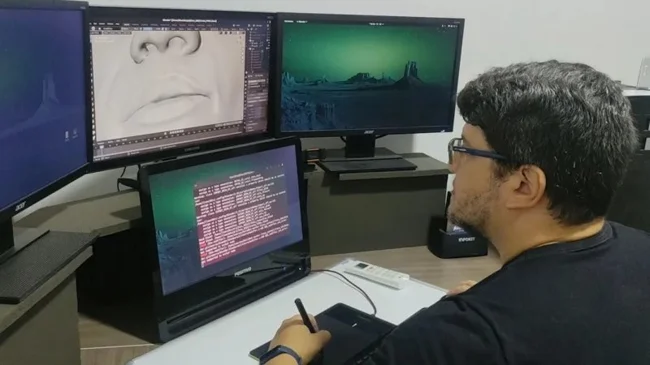
"The question of the skin color of the ancient Egyptians is a matter of much debate, with the discussion moving from the scientific to the cultural and political. To avoid debate, I studied publications on this topic, research data, and ancient Egyptian art," the expert added. 
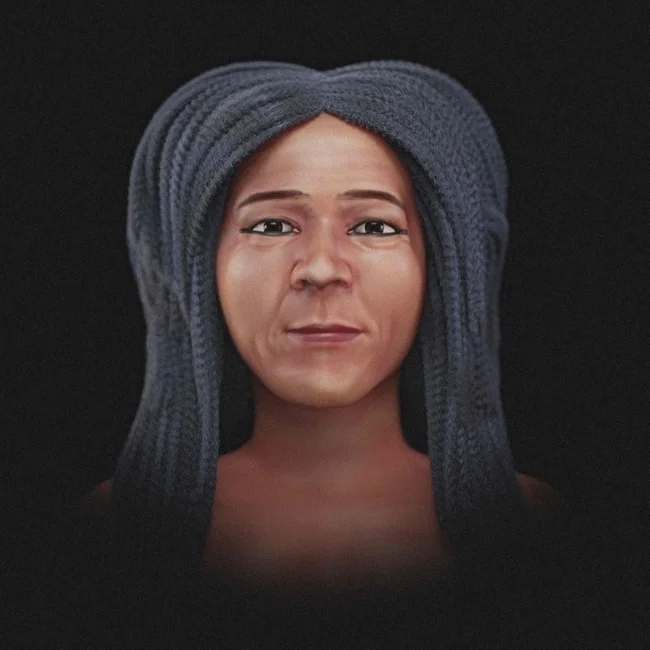
For a long time, scientists believed that the body was carelessly embalmed, since the organs were not removed and the face was distorted.
However, a recent study showed that the deceased's mouth was frozen in a scream due to cadaveric spasm.
Professor Sahar Salim of Cairo University said: "The screaming expression on her face could have been caused by a cadaveric spasm, implying that she died in agony and pain. Her body was embalmed using expensive imported material. The well-preserved appearance of the mummy contradicts the traditional view that failure to remove internal organs indicates poor mummification." 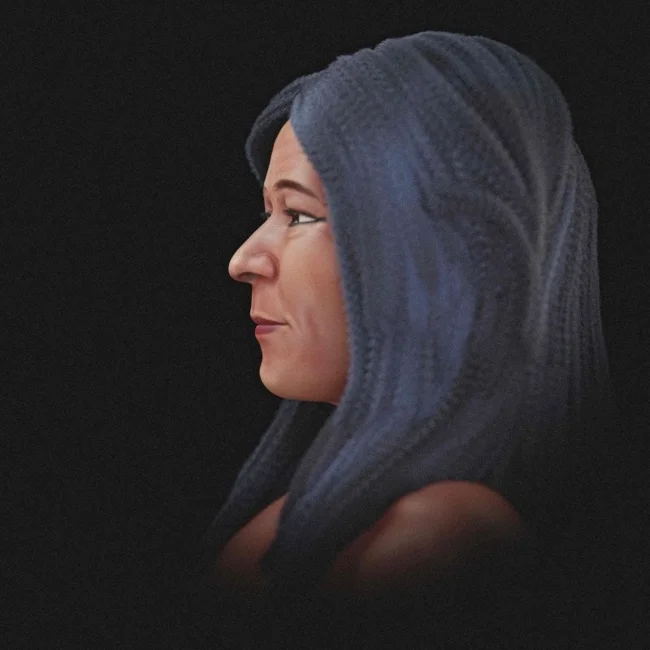
Juniper and frankincense were used to embalm the woman. These were expensive substances, with the former coming from the Eastern Mediterranean and the latter from East Africa or South Arabia. 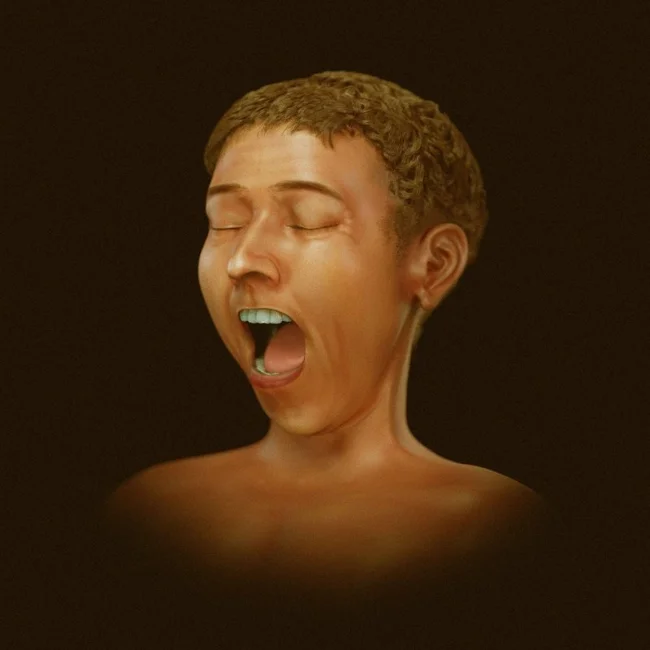
The mummy also wore a wig made of date palm fibers with quartz, magnetite, and albite added.
According to Salim, this was done to stiffen the locks and make them black - the ancient Egyptians considered this color a symbol of youth. 
The excavation notes mention that the woman wore two gold and silver rings with jasper scarabs.
The Egyptian woman's name is unknown, but her burial place next to the tomb of the great female pharaoh Hatshepsut provides a clue. She was buried next to the parents of Senmut, an architect who is believed to have been Hatshepsut's lover. The deceased was likely a relative of Senmut. 